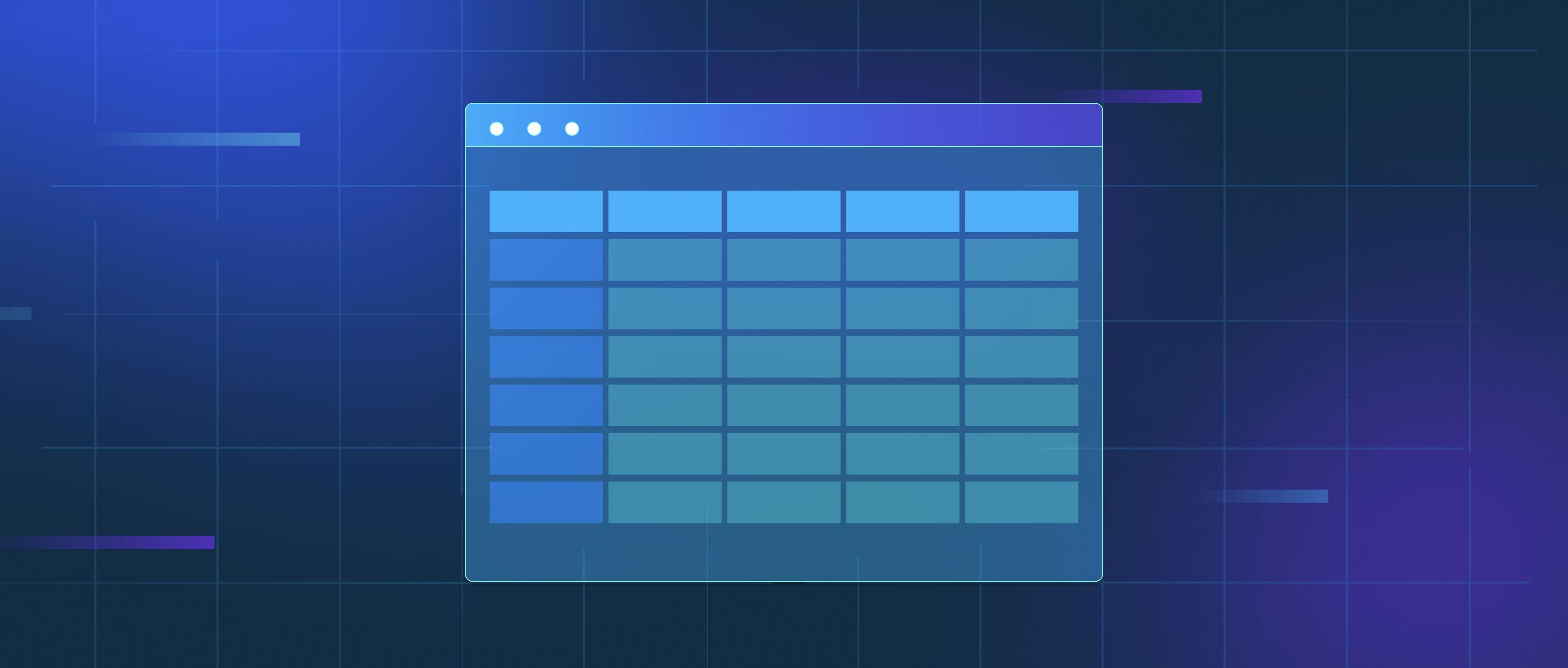Quantum parallelism refers to the ability of quantum computers to process multiple possible outcomes simultaneously due to the principles of quantum mechanics. At the core of this concept is the quantum bit, or qubit, which can exist in a state of 0, 1, or both at the same time, thanks to a property called superposition. When a quantum algorithm is applied, such as those used in Grover’s search algorithm or Shor’s algorithm, qubits can represent and evaluate many different input values concurrently, leading to a significant speedup for certain calculations compared to classical methods.
To illustrate how quantum parallelism works, consider a simple example of searching an unsorted database. A classical computer would check each entry one at a time, which could take linear time depending on the number of entries. In contrast, a quantum computer uses qubits to represent all the possible database entries simultaneously. By performing a quantum operation, or gate, on these qubits, it can explore many paths of computation at once. This ability to access multiple entries in parallel allows the quantum computer to find the desired result much faster.
However, it’s important to note that quantum parallelism does not apply to all types of problems. Some algorithms do not benefit from this approach, meaning that the advantage of quantum computers is context-dependent. Additionally, the practical implementation of quantum parallelism faces challenges, such as maintaining coherence and managing noise in quantum systems. Developers should understand these nuances when crafting algorithms, as the effectiveness of quantum parallelism will ultimately rely on the problem at hand and how well the quantum system is constructed.
